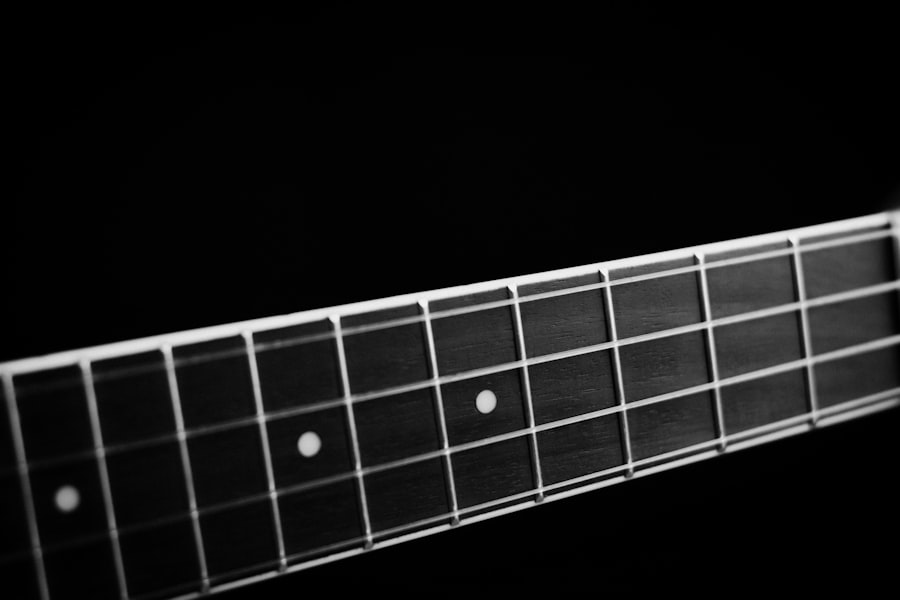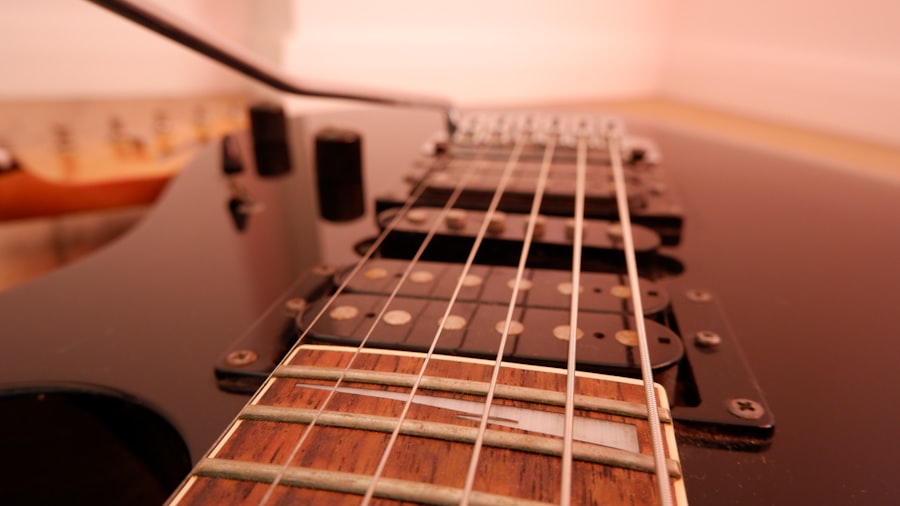Instrumental music possesses a unique ability to transcend language and cultural barriers, allowing listeners to connect with emotions on a profound level. When you listen to a piece devoid of lyrics, you may find yourself immersed in a world of feelings that words often fail to capture. The absence of verbal communication invites you to interpret the music through your own experiences and emotions, creating a personal connection that is both intimate and universal.
This power lies in the way instrumental music can evoke memories, stir nostalgia, or even inspire hope without the need for explicit storytelling. As you delve deeper into the realm of instrumental music, you may begin to appreciate its versatility. It can serve as a backdrop for various activities, from studying and working to relaxing and meditating.
The right instrumental piece can enhance your focus or provide a soothing atmosphere, demonstrating its capacity to influence your mood and mindset. Whether it’s the gentle strumming of an acoustic guitar or the sweeping orchestration of a symphony, instrumental music has the potential to transport you to different emotional landscapes, making it an invaluable tool for self-expression and emotional exploration.
Key Takeaways
- Instrumental music has the power to convey emotions and evoke imagery without the use of lyrics.
- Dynamics and tempo play a crucial role in shaping the emotional impact of instrumental music.
- Melody and harmony are essential elements that can greatly influence the emotional response to instrumental music.
- Rhythm and texture can be used to add depth and complexity to the emotional expression in instrumental music.
- The choice of instrumentation and timbre can effectively evoke specific emotions in instrumental music.
- Crafting a narrative and evoking imagery through instrumental music can create a powerful emotional experience for the listener.
Utilizing Dynamics and Tempo to Convey Emotion
The Power of Dynamics
A sudden crescendo might evoke feelings of excitement or urgency, while a soft decrescendo can instill a sense of calm or introspection. By manipulating these dynamics, composers and musicians can craft an emotional journey that resonates deeply with you, drawing you into the heart of the music.
The Heartbeat of Tempo
Tempo, on the other hand, serves as the heartbeat of a piece. A fast tempo can generate feelings of joy or exhilaration, while a slower pace often invites reflection and contemplation.
A Symphony of Emotions
As you engage with different tempos, you might find that they influence your physical responses as well—your heart may race with an upbeat rhythm or slow down with a languid melody. This interplay between dynamics and tempo allows for a rich tapestry of emotions to unfold, enabling you to experience a wide range of feelings throughout a single composition.
Exploring the Use of Melody and Harmony for Emotional Impact

Melody and harmony are essential components that contribute significantly to the emotional impact of instrumental music. When you listen to a captivating melody, it often lingers in your mind long after the music has stopped. A well-crafted melody can evoke feelings of joy, sadness, or nostalgia, resonating with your own life experiences.
You may find yourself humming along or recalling specific moments that the melody brings to mind, illustrating how powerful this element can be in forging connections between the music and your emotions. Harmony complements melody by adding depth and richness to the overall sound. The interplay between different harmonies can create tension and resolution, guiding your emotional journey through the piece.
For instance, dissonant harmonies may evoke feelings of unease or longing, while consonant harmonies often provide a sense of resolution and comfort. As you explore various instrumental compositions, pay attention to how these elements work together to shape your emotional experience, allowing you to appreciate the intricate artistry behind each piece.
Incorporating Rhythm and Texture to Enhance Emotional Depth
Rhythm and texture are vital components that enhance the emotional depth of instrumental music. Rhythm provides structure and movement, often dictating how you physically respond to the music. A driving beat can inspire you to tap your feet or dance, while a more complex rhythm may invite contemplation and introspection.
As you engage with different rhythmic patterns, you might notice how they influence your emotional state—an upbeat rhythm can lift your spirits, while a syncopated rhythm might evoke feelings of tension or anticipation. Texture adds another layer of complexity to instrumental music, shaping how you perceive the overall sound. A piece with a rich texture may feature multiple instruments weaving together in harmony, creating a lush soundscape that envelops you in its warmth.
Conversely, a sparse texture can evoke feelings of loneliness or isolation, allowing individual instruments to shine through. By paying attention to these elements, you can gain a deeper understanding of how rhythm and texture work together to create an emotional experience that resonates with you on multiple levels.
Using Instrumentation and Timbre to Evoke Specific Emotions
Instrumentation and timbre are crucial in evoking specific emotions within instrumental music. Each instrument carries its own unique voice, capable of expressing a wide range of feelings. For instance, the bright sound of a flute may evoke feelings of joy and lightness, while the deep resonance of a cello can stir feelings of melancholy or introspection.
As you listen to different pieces, consider how the choice of instruments influences your emotional response—certain combinations may create a sense of harmony and balance, while others might evoke tension or conflict. Timbre refers to the quality or color of sound produced by an instrument, adding another layer of emotional nuance. The warmth of a guitar’s strumming can create an intimate atmosphere, while the sharpness of a brass section might evoke feelings of urgency or excitement.
By exploring various timbres within instrumental music, you can discover how they contribute to the overall emotional landscape, allowing you to connect more deeply with the music and its intended message.
Crafting a Narrative and Evoking Imagery through Instrumental Music

Instrumental music has an extraordinary ability to craft narratives and evoke vivid imagery without relying on words. As you listen to a piece unfold, you may find yourself transported into different scenes or stories that resonate with your imagination. The ebb and flow of melodies can suggest movement through time and space, inviting you to visualize landscapes or characters that exist solely within your mind’s eye.
This narrative quality allows instrumental music to serve as a powerful medium for storytelling, enabling you to interpret the music in ways that are uniquely personal. Imagery in instrumental music often arises from the interplay between various musical elements—melody, harmony, rhythm, and dynamics all contribute to creating vivid mental pictures. For example, a sweeping orchestral piece might evoke images of vast landscapes or epic journeys, while a delicate piano solo could conjure intimate moments shared between loved ones.
As you engage with instrumental compositions, allow yourself to be swept away by the imagery they inspire; embrace the freedom that comes from interpreting the music in your own way and let it guide your imagination on an emotional journey that is both enriching and transformative.



